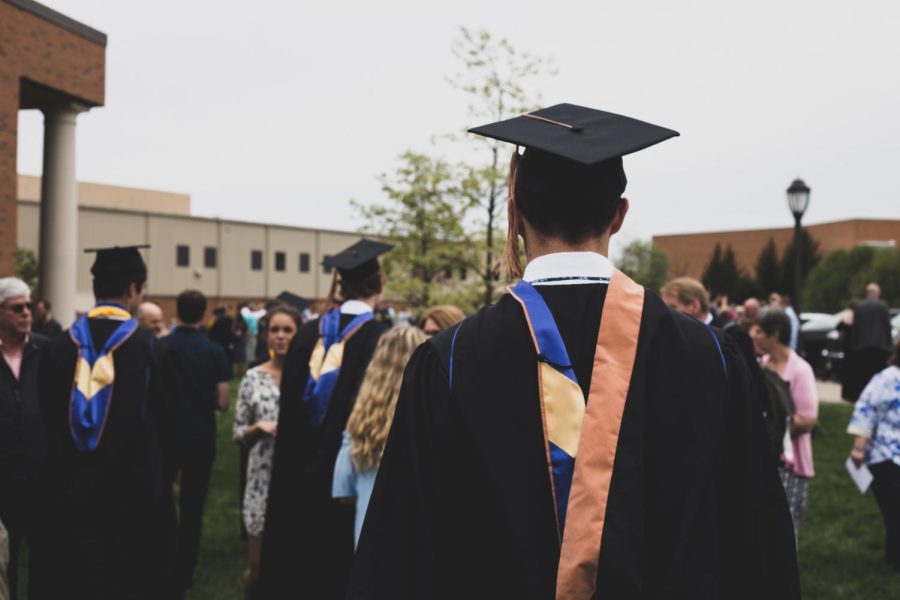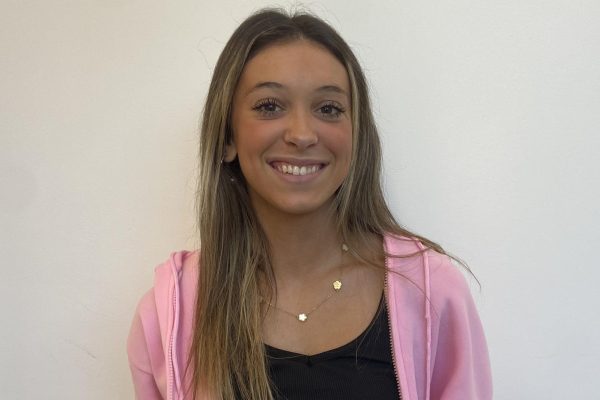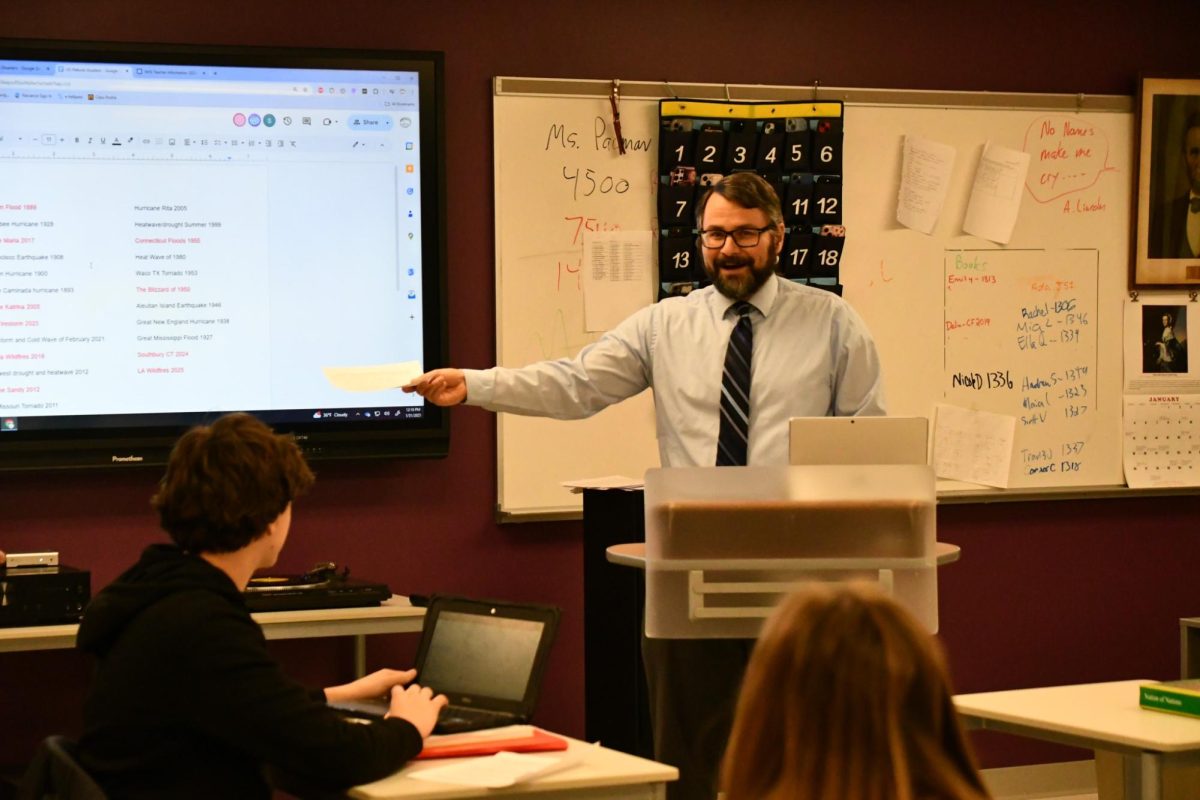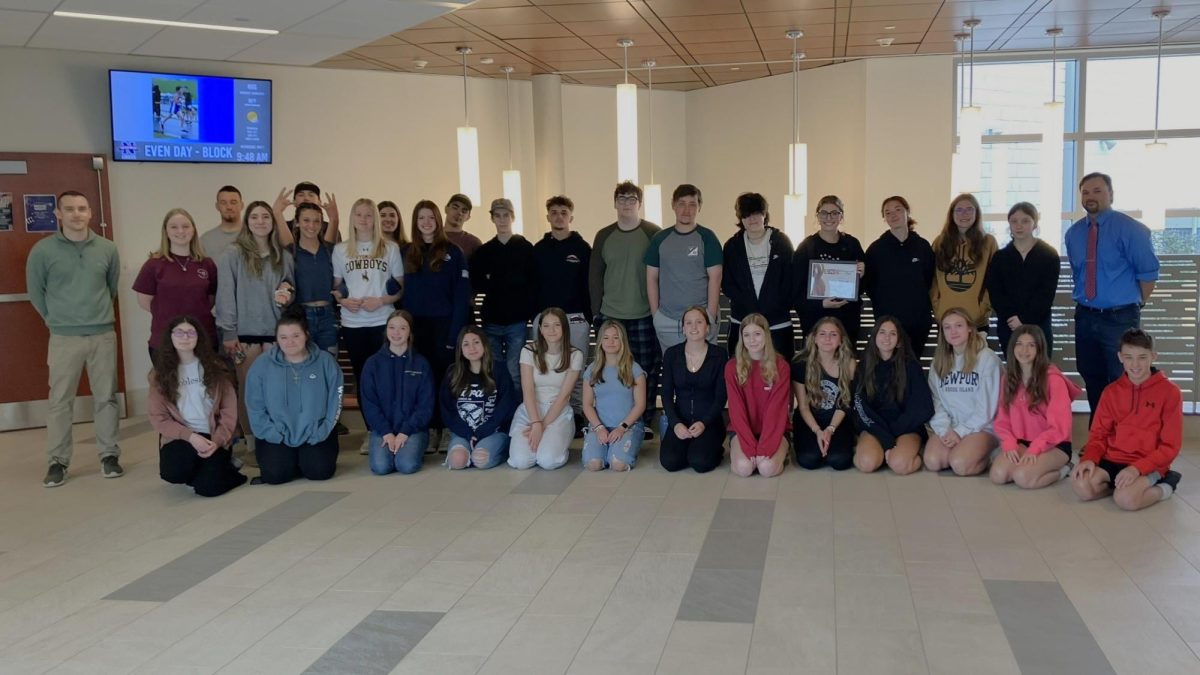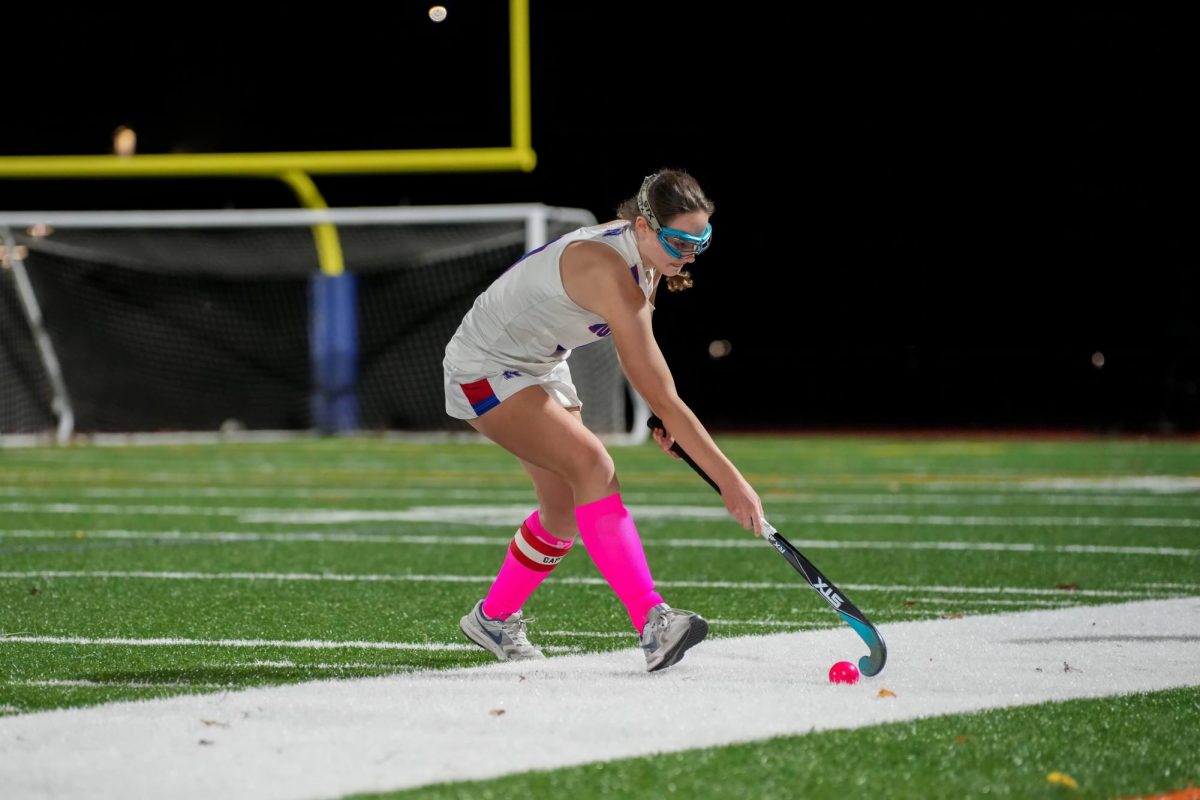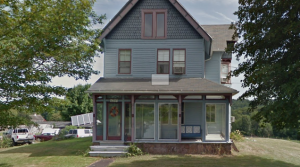Nichols: The Extra Cost of Being an Upperclassman
There are a variety of unknown costs that lead up to graduation: application fees are a surprising burden.
February 13, 2023
WOODBURY — Gas. Breakfast. Insurance. Lunch. Prom. School supplies. How much more can high school students reasonably be expected to pay?
As application deadlines come around the corner, high school seniors have one thing in mind: applying for the place they are going to spend the next four years of their life.
Applying for college is a tough decision in the first place; there are over 4,000 different universities and colleges in the U.S. alone, ranging from cosmetology to Ivy League schools such as Yale. The overwhelming number of colleges to look through and choose from is already a struggle for many high school students, and when you add in an application fee, this becomes a struggle. Picking and choosing which college is worth the fee can become a burden for many families.

Among the 889 ranked colleges that participated in the US News’ annual survey, the average application fee was nearly $45.
“For Nonnewaug students, the range could be anywhere from $0-50 per application,” said College Career Recreation Center counselor Kathy Green. “When the applications start to add up, students could be spending up to $400 on just applying to eight of their top colleges.”
However, there are some of these colleges that are way above this $50 national average. According to US News, Arkansas Baptist College takes the top spot with a massive $100 fee. With under 300 students, this private, Christian school accepts 100% of applicants.
This school is a rare case of an expensive application. A lot of small and prestigious schools don’t often charge any admission fee at all. For example, Wellesley College in Massachusetts is ranked No. 2 of 24 of all-women’s colleges, and No. 9 of 969 of all small colleges in the U.S., but still offers a free application process.
On the flip side, some students would rather skip the small and private schools, as well ruling out some of the prestigious colleges. They might like the big state universities, but these schools also come with a hefty cost. Universities such as UConn, North Carolina State University, UMass, or Texas State University come in with high $75-80 fees.
“Our seniors here at Nonnewaug are very good with making smart decisions with money when it comes to the application process,” Green said. “They take advantage of the free application day (Nov. 15), they look for fee waiver codes, and express demonstrated interest in order to gain these waiver codes.”
Fee waiver codes are often available on a college representative visit to a school, through emails sent out by the college, or by touring the campus, virtually or in-person.
“Taking advantage of free application days for college is honestly vital to your application process,” said senior Madi Dannenhoffer. “Not only does it save money, but most free application days are in time for early action, ensuring that you have a better chance of getting accepted and are taken more seriously by the school’s admission.”
For the past two years, Connecticut has offered a free college application day. The four state colleges, Western, Eastern, Central, and Southern, plus UConn are all eligible for this free application day. Any high school student interested in one of these colleges should take advantage of this day once fall comes around. After all, every penny — and application — counts.
This is the opinion of Chief Advocate reporter Juliette Nichols.



